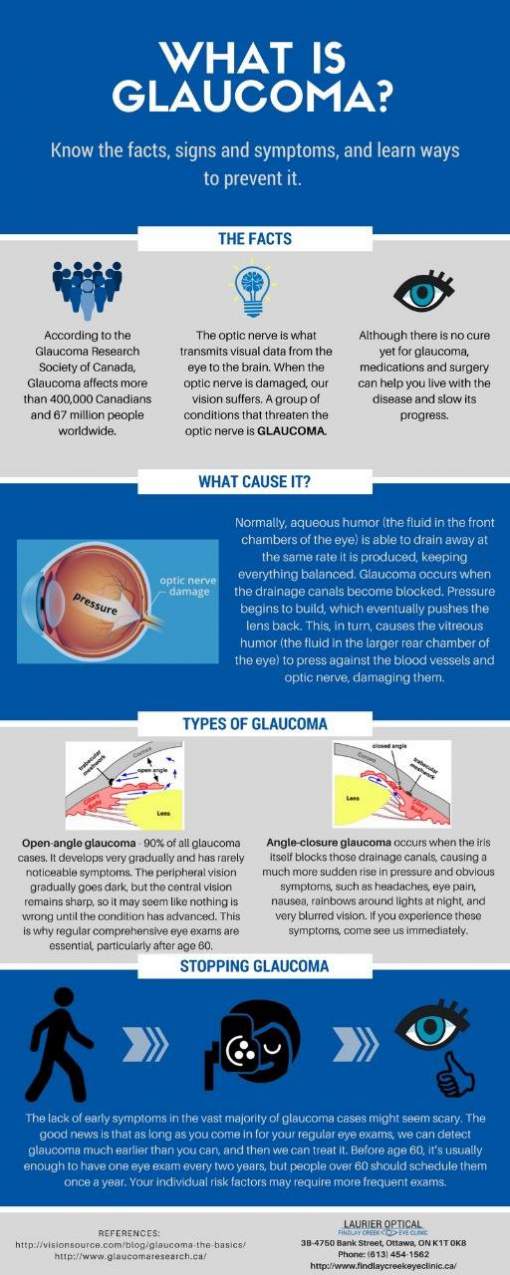What Are The Distinctions And Similarities In Between SMILE Eye Surgery, LASIK, And PRK?
What Are The Distinctions And Similarities In Between SMILE Eye Surgery, LASIK, And PRK?
Blog Article
Staff Writer-Foss Vincent
If you have actually been considering SMILE eye surgical treatment, you might wonder exactly how it compares to LASIK and PRK. Each procedure has its very own set of advantages and factors to consider. From quicker recovery times to potential threats, there are essential differences you should know before deciding. Comprehending these distinctions will assist you make an enlightened option that straightens with your specific requirements and expectations. Interested to know even more concerning exactly how these procedures contrast in detail? Keep exploring to obtain https://www.cosmopolitan.com/sex-love/news/a53550/i-was-blinded-by-laser-eye-surgery-but-it-made-me-a-better-boyfriend/ of SMILE, LASIK, and PRK.
SMILE Eye Surgical Treatment Summary
If you're considering SMILE eye surgical treatment, you'll locate it to be a minimally invasive procedure with a fast healing time. Throughout SMILE (Small Cut Lenticule Extraction), a laser is utilized to produce a little, precise cut in the cornea to eliminate a small piece of tissue, improving it to fix your vision. This differs from LASIK, where a flap is developed, and PRK, where the outer layer of the cornea is completely removed.
Among the key benefits of SMILE is its minimally intrusive nature, resulting in a faster healing procedure and much less discomfort post-surgery. The recuperation time for SMILE is relatively quick, with lots of individuals experiencing improved vision within a day or more. This makes it a prominent choice for those seeking a practical and reliable vision improvement treatment. Furthermore, SMILE has been revealed to have a reduced threat of dry eye syndrome contrasted to LASIK, making it a desirable choice for individuals concerned regarding this prospective adverse effects.
Distinctions Between SMILE, LASIK, and PRK
When comparing SMILE, LASIK, and PRK eye surgical treatments, it's important to understand the distinctive techniques used in each procedure for vision correction.
SMILE (Little Incision Lenticule Removal) is a minimally invasive treatment that entails developing a small cut to extract a lenticule from the cornea, reshaping it to remedy vision.
LASIK (Laser-Assisted Sitting Keratomileusis) entails creating a thin flap on the cornea, using a laser to improve the underlying cells, and after that rearranging the flap.
pre cataract surgery (Photorefractive Keratectomy) eliminates the outer layer of the cornea prior to reshaping the tissue with a laser.
The major difference depends on the means the cornea is accessed and treated. SMILE is flapless, making it an excellent alternative for individuals with thin corneas or those involved in contact sports. LASIK uses rapid visual recovery as a result of the flap development, but it may posture a greater threat of flap-related issues. PRK, although having a longer recovery period, avoids flap-related problems entirely.
Recognizing these differences is critical in choosing the most appropriate procedure for your vision adjustment demands.
Advantages And Disadvantages Comparison
To evaluate the advantages and disadvantages of SMILE, LASIK, and PRK eye surgical treatments, it's important to take into consideration the particular advantages and potential limitations of each treatment. SMILE surgical treatment provides the benefit of a minimally invasive procedure, with a smaller incision and potentially quicker recuperation time compared to LASIK and PRK. It also minimizes the threat of dry eye post-surgery, an usual side effect of LASIK. Nevertheless, SMILE might have restrictions in treating higher levels of nearsightedness or astigmatism compared to LASIK.
LASIK surgical procedure provides fast visual healing and marginal discomfort during the procedure. It's highly efficient in dealing with a wide range of refractive errors, consisting of nearsightedness, hyperopia, and astigmatism. Yet, LASIK lugs a risk of flap problems, which can impact the corneal structure.
PRK eye surgery, while not as preferred as LASIK, avoids developing a corneal flap, reducing the threat of flap-related complications. It appropriates for people with slim corneas or uneven corneal surface areas. However, PRK has a much longer recuperation time and might include much more discomfort throughout the recovery process.
Conclusion
So, when it comes to choosing in between SMILE, LASIK, and PRK, think about it like picking the best set of footwear. SMILE resembles a sleek, comfortable set of sneakers - quick and simple.
LASIK is a lot more like trendy high heels - showy and quickly, however with some prospective dangers.
PRK is like sturdy treking boots - reliable and long lasting, but calling for a little bit even more effort and time.
Inevitably, the best selection depends on your individual needs and choices.
